Haydn Nelson Mass (Missa in Angustiis) Vocal Score
.jpg)
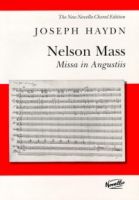
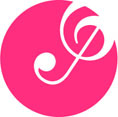
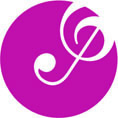
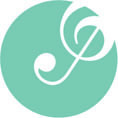
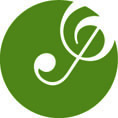
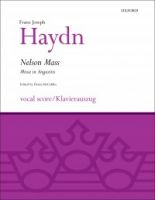




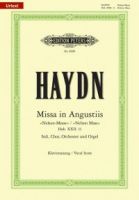




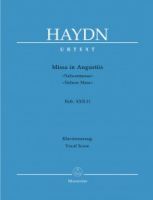
Please order by 3pm to be despatched today




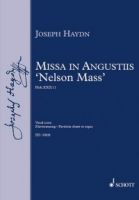
Please order by 3pm to be despatched today




Haydn's chief biographer, H. C. Robbins Landon, has written that this mass "is arguably Haydn's greatest single composition." This mass, written in 1798, is one of the six late masses by Haydn for the Esterhazy family composed after taking a short hiatus when elaborate church music was inhibited by the Josephinian reforms of the 1780’s. The late sacred works of Haydn are masterworks influenced by the experience of his London symphonies and highlight the soloists and chorus while allowing the orchestra to play a prominent role.
Due to the political and financial instability of this period in European history, Haydn’s patron Nikolaus II dismissed the Feldharmonie, or wind band octet, shortly before Haydn wrote the Missa in Angustiis for the Princess’s name day. Haydn, therefore, was left with a “dark” orchestra composed of strings, trumpets, timpani, and organ. Later editors and arrangers added what they perceived to be missing woodwind parts, but the original scoring has again become the accepted choice for modern performances
Though in 1798, when he wrote this Mass, Haydn's reputation was at its peak, his world was in turmoil. Napoleon had won four major battles with Austria in less than a year. The previous year, in early 1797, his armies had crossed the Alps and threatened Vienna itself. In May of 1798, Napoleon invaded Egypt to destroy Britain's trade routes to the East.
The summer of 1798 was therefore a terrifying time for Austria, and when Haydn finished this Mass, his own title, in the catalogue of his works, was "Missa in Angustiis" or "Mass for Troubled Times." What Haydn did not know when he wrote the Mass — but what he and his audience heard (perhaps on the very day of the first performance September 15) was that on Aug. 1, Napoleon had been dealt a stunning defeat in the Battle of the Nile by British forces led by Admiral Horatio Nelson. Because of this coincidence, the Mass gradually acquired the nickname "Lord Nelson Mass." The title became indelible when in 1800, Lord Nelson himself visited the Palais Esterházy, accompanied by his British mistress, Lady Hamilton, and may have heard the Mass performed.
Haydn’s original title may also have come from illness and exhaustion at this time following the supervision of the first performances of The Creation, completed a few months earlier, or even from the challenge of composing without the desired instrumentation. The solo parts for two of the vocal quartet are virtuosic, the bass line perhaps written for the accomplished Christian Specht, and the soprano line, even more demanding, could have been written for Barbara Pilhofer or Therese Gassmann. The piece was premiered September 23, 1798 at the Stadtpfarr church, a last minute venue change from the Bergkirche in Eisenstadt.
For Haydn, writing the Mass in the late summer of 1798, the mood in Eisenstadt was one of foreboding, to the point of terror, and this is what we hear as the great work opens: Haydn chose to write the opening movement in the key of D minor. During the course of the composition the mood shifts as the predominant, and concluding tonality is D major. In 1788, Haydn had attended the first Vienna performance of Mozart's opera Don Giovanni. From contemporary accounts, we know it made a great impression on him, and in Don Giovanni, the most memorable scene portrays the unrepentant anti-hero being dragged down to the underworld. Here, according to Landon, the listener hears, "perhaps the first time in music history, the presence of real fear, nay terror." This music is all in D minor. It is easy to imagine that when Haydn, ten years later, wished to evoke this emotion in his music, his ears were still ringing with Giovanni's terrible D-minor fate.
For further information of Haydn's Nelson Mass, please click here to visit the Wikipedia website




Quick and Easy way to memorise your vocal line and practise between choir rehearsals
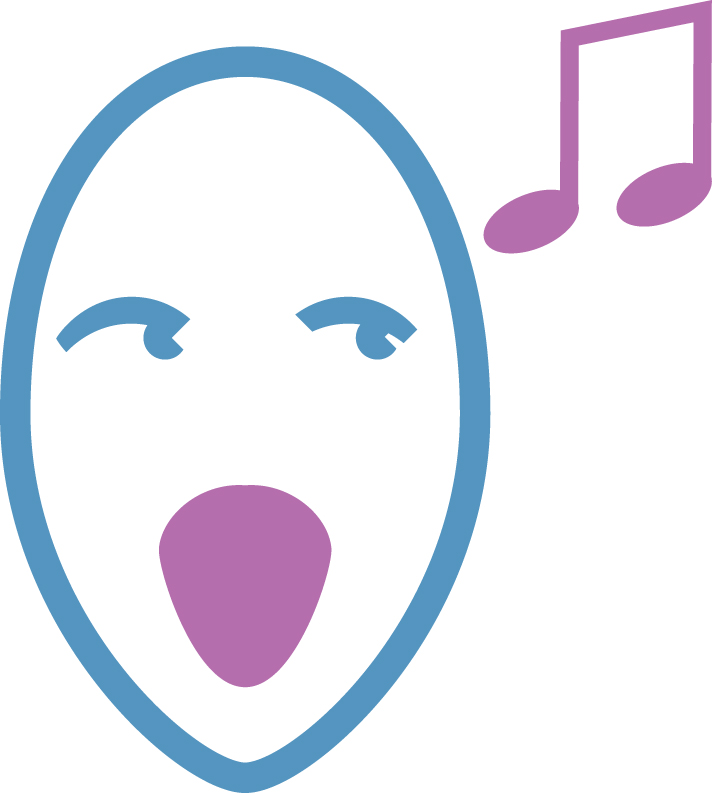
Know Your Notes Perfectly
Enhance Your Enjoyment when Singing
Learn With The Music
Shine In Your Choir
Sing With Confidence
Please click here to hear a ChoraLine sample for Nelson Mass




If you wish to have a CD of the Nelson Mass to hear the whole work please click here and please do click on the video below to listen right away if you wish




